Wattle
Australian Wildflowers
Ask any Australian to name a flowering Australian plant and there is a good chance that their answer will be ‘Wattle’.
In fact Australia’s floral emblem is the Golden Wattle (Acacia pycnantha).
Wattle facts
So what do you need to know about Wattles?
Wattle Day
Australia celebrates Wattle Day on the 1st of September each year. While wattles will vary in their flowering time, particularly in the southern parts of the country, many Wattles are in flower at the beginning of the southern hemisphere spring.
How many?
The are over 1,000 wattle species in Australia.
Is it true that some wattles don’t have true leaves?
While Wattle seedlings have bipinnate fern-like leaves, the majority of mature Wattles don’t have ‘true’ leaves.
A few species do retain ‘true’ leaves into maturity, the leaves of others are replaced with ‘phyllodes’ (A leaf like structure). A phyllode can be up to 30 cm long in the case of flat and broad phylogeny of Acacia dunnii (or the Elephant Ear Wattle) but other phyllodes come in a range of shapes and sizes including cylindrical, needle-shaped, stubby or completely absent.
Are all Wattle flowers yellow?
Most wattle flowers are a range of shades of yellow. However, Acacia purpureopetala found in north Queensland has mauve-pink flowers, and Acacia gilbertii found in south-western Western Australia has white flowers. There are also two forms from Victoria where one has red flowers and the other has orange flowers.
The red flower form Acacia leprosa ‘Scarlet Blaze’ was found in Victoria 1995 by two bush walkers – it became Victoria’s Centenary of Federation floral emblem and is available in plant nurseries.
What’s in a name?
The name ‘Wattle’ comes from an Anglo-Saxon building technique. Wattles were flexible twigs or small branches interwoven to form the framework of buildings. This style of building was introduced to Australia by early British settlers and species of Acacia were used as Wattles.
Size/habit
- Wattle have a variety of growth habits ranging from ground covers, small shrubs, all the way up to tall trees
- Australia’s tallest wattle is the Acacia melanoxylon (Blackwood Wattle) which can reach of up to 20 metres tall
Lifespan
- Wattles tend to be fast growing, but short lived plants. While some species of Eucalyptus will live for several hundred years, a Wattle will usually live for less than 50 years for the big varieties with many lasting much less than this
- generally, the faster growing a Wattle is, the shorter its lifespan
Australian floral emblem
- Australia’s floral emblem is the Golden Wattle (Acacia pycnantha)
Do Wattles cause hay fever?
- Wattles get blamed for causing hay fever but few actually do but that’s not to say they aren’t the cause allergies
- Generally, very small pollen size is needed to cause hay fever so the larger size and heavy weight of Wattle pollen means that its settles on the ground rather than gets blown around in the air
- Wattles are very obvious when they’re flowering so they probably get blamed but in colder climates, Birch trees are often the problem
- While some of this information is from an American website, similar issues are experienced in Australia. For many years I worked in the horticulture industry in Canberra and we sold thousands of Birches trees and guess what? The flowering of Birches coincides with the main Wattle flowering season!
Overseas Wattles
-
While Wattles are synonymous with Australia, of the 1300 known and classified Wattle species over 1,000 are endemic to Australia. This means around 300 species are spread around the world
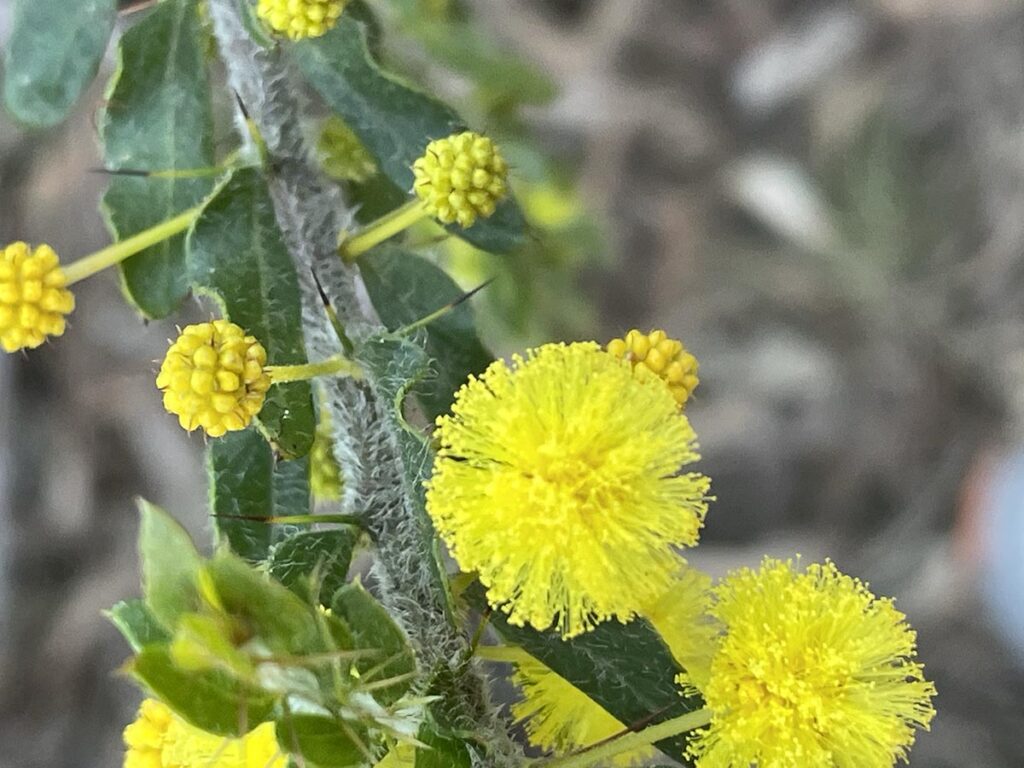
Acacia paradoxa (Kangaroo Thorn) in the Canberra Nature Reserve
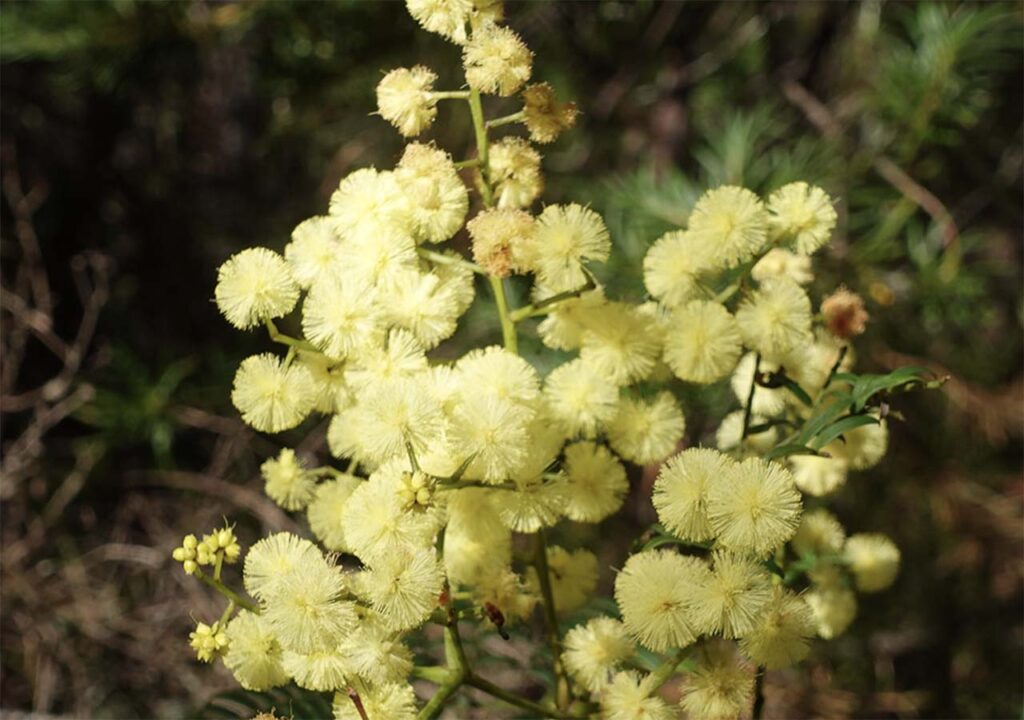
Light yellow Wattle variety
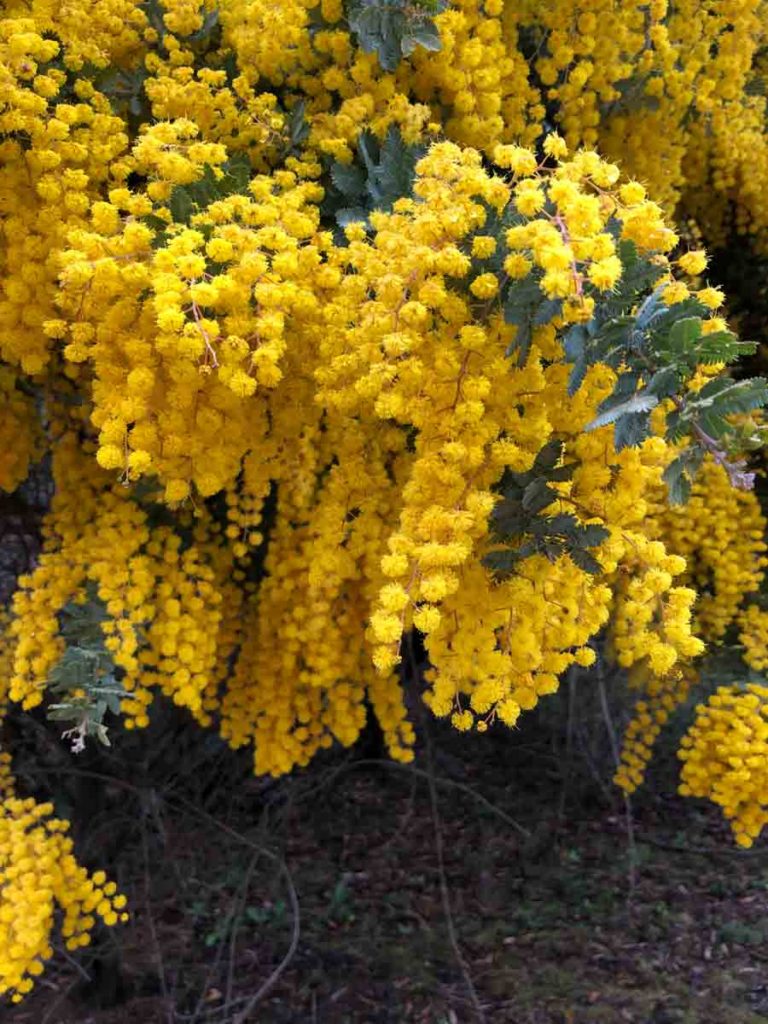
Acacia baleyana (Cootamundra Wattle) in flower. This Wattle is such a vigorous grower that it’s considered a weed in many parts of Australia
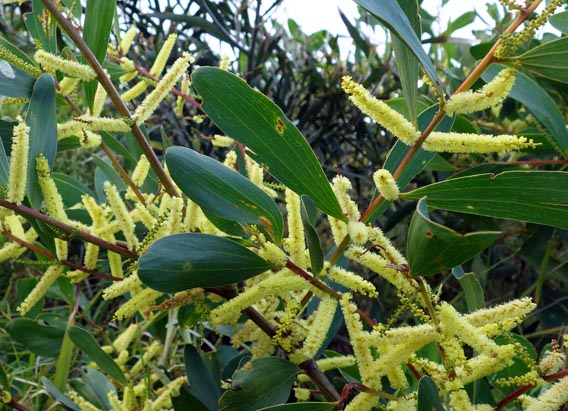
Acacia floribunda (Coastal Wattle)
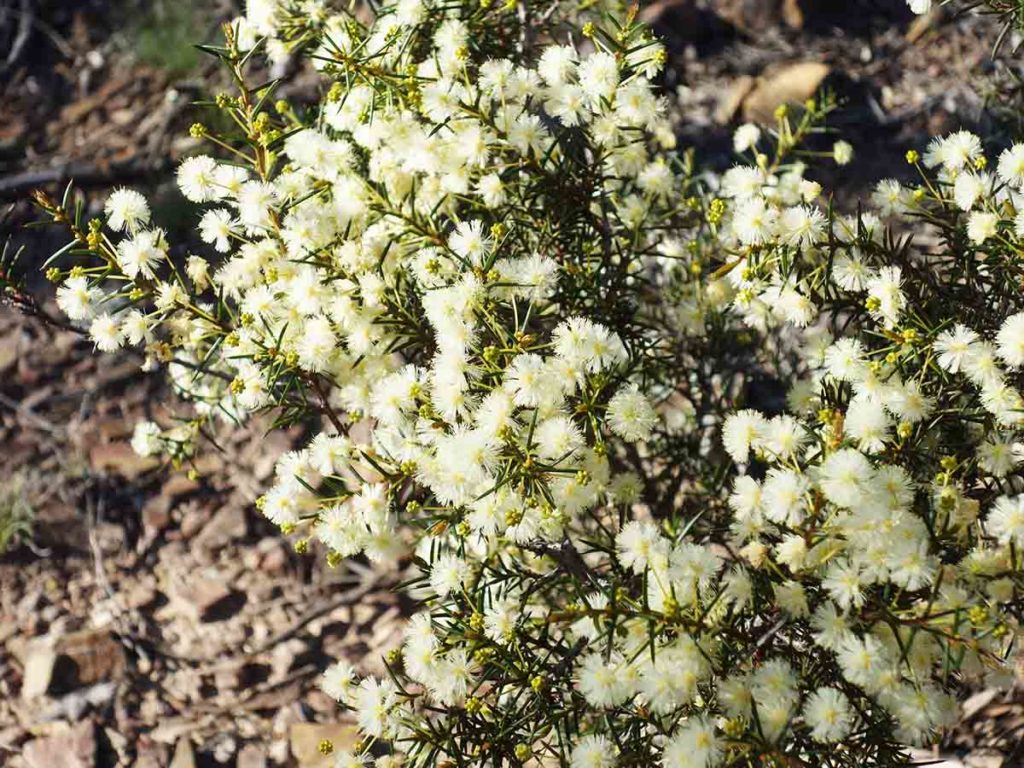
White flower Wattle in Bungonia National Park, southern NSW
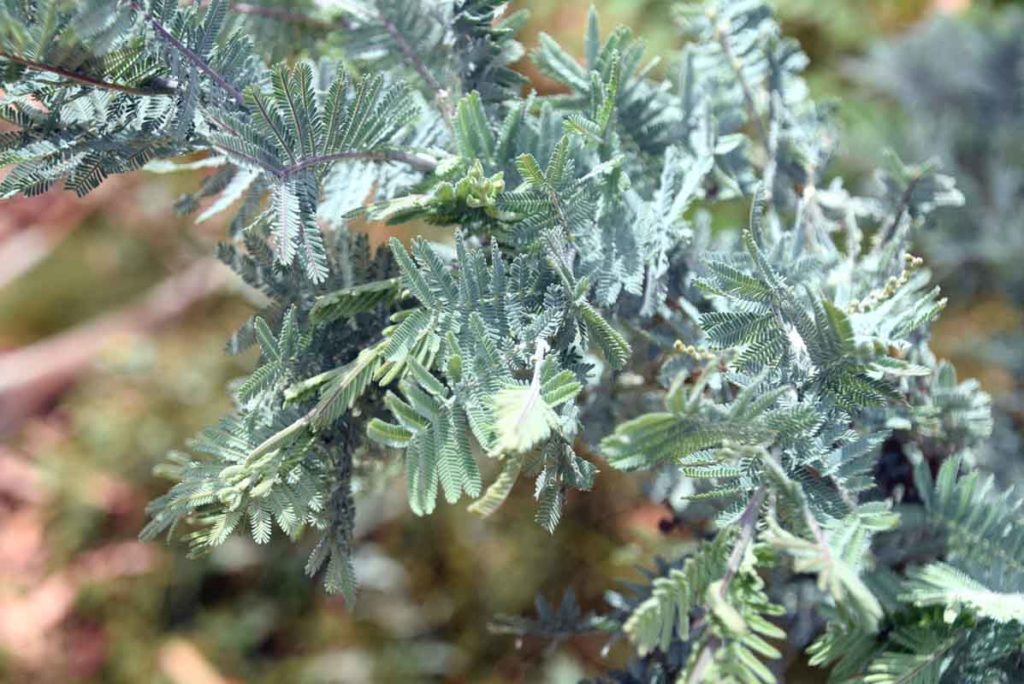
Wattle leaves are variable ranging in colour and shape
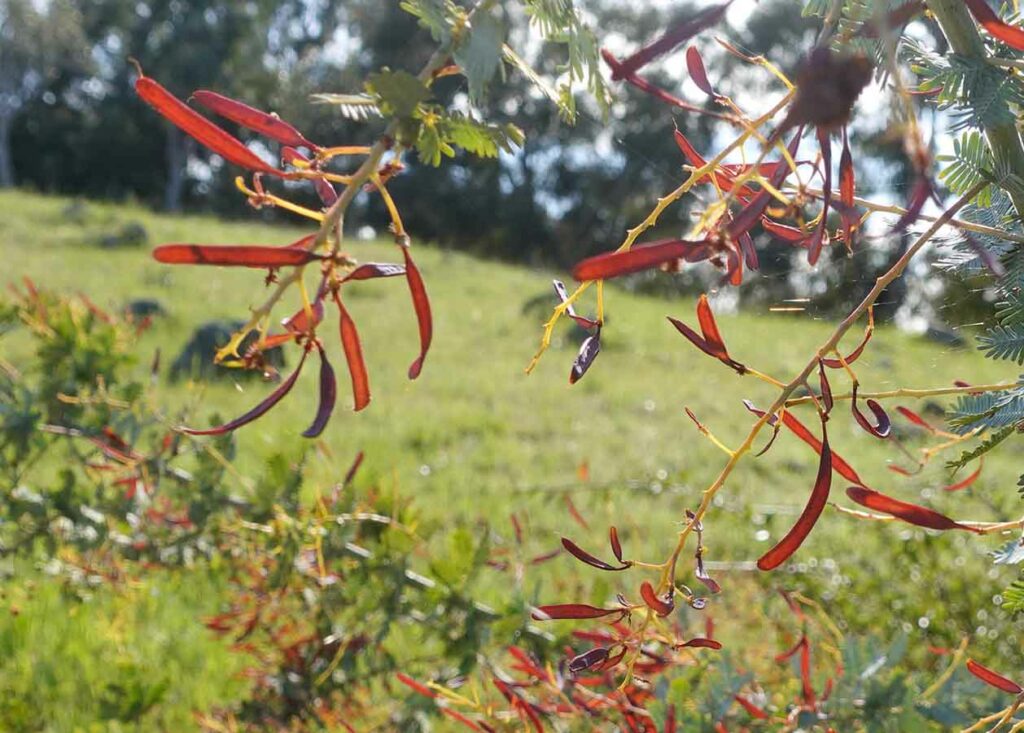
Immature Wattle seed pods
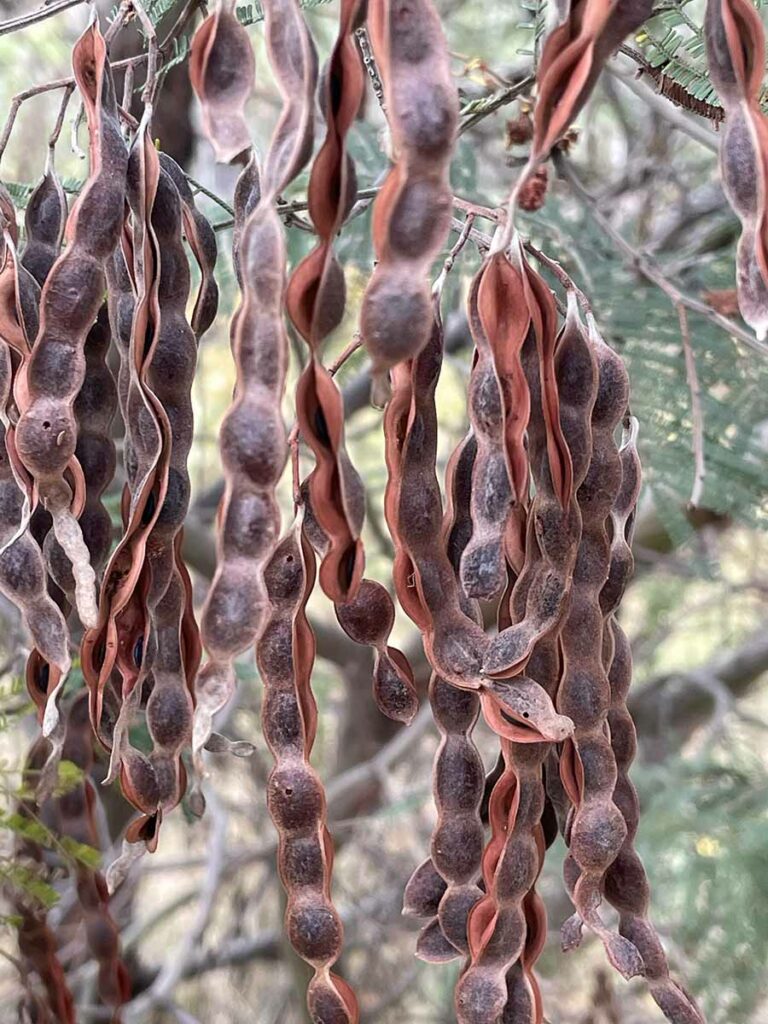
Mature seed pods on a Wattle plants
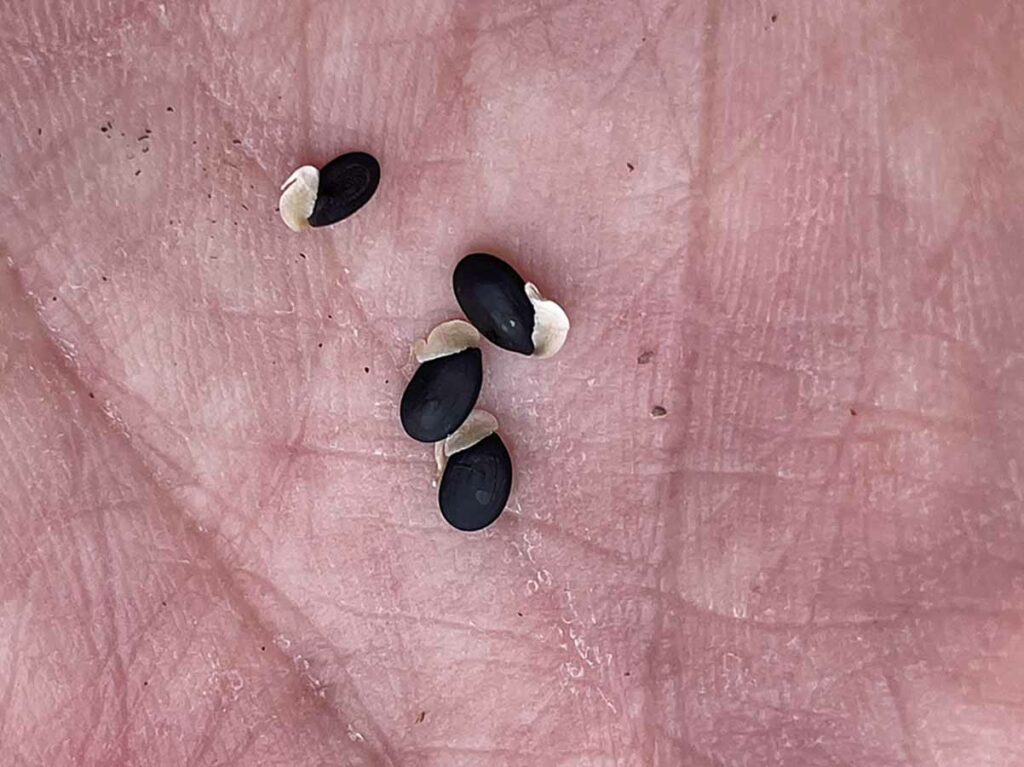
Mature Wattle seeds
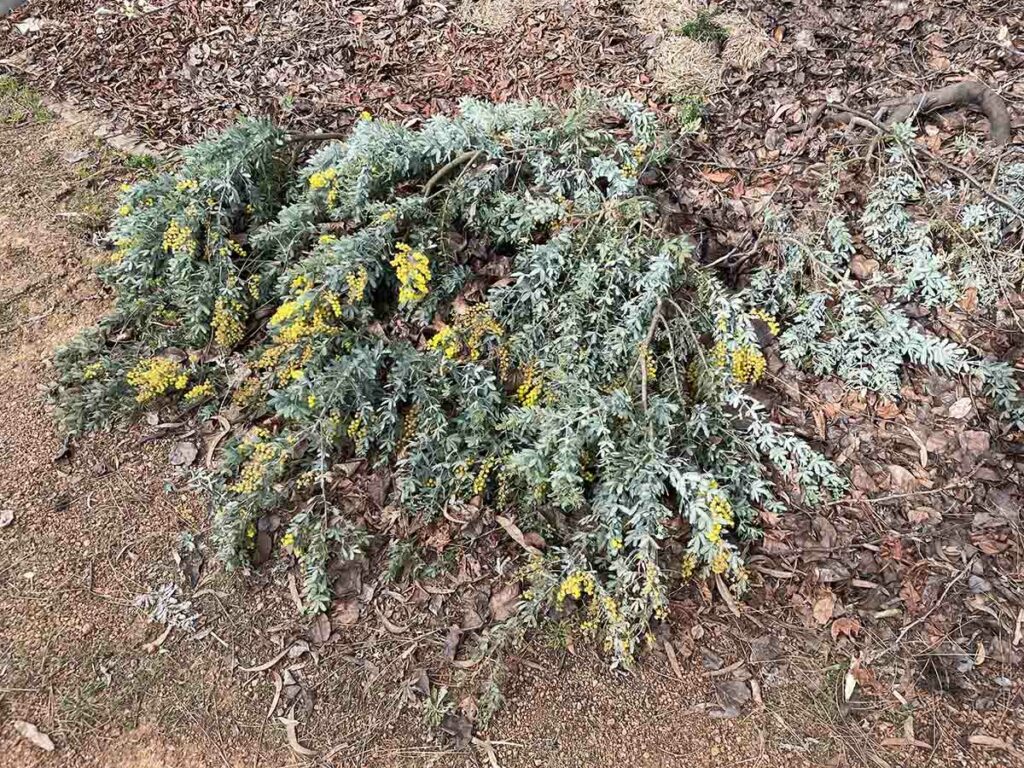
Ground cover Wattle